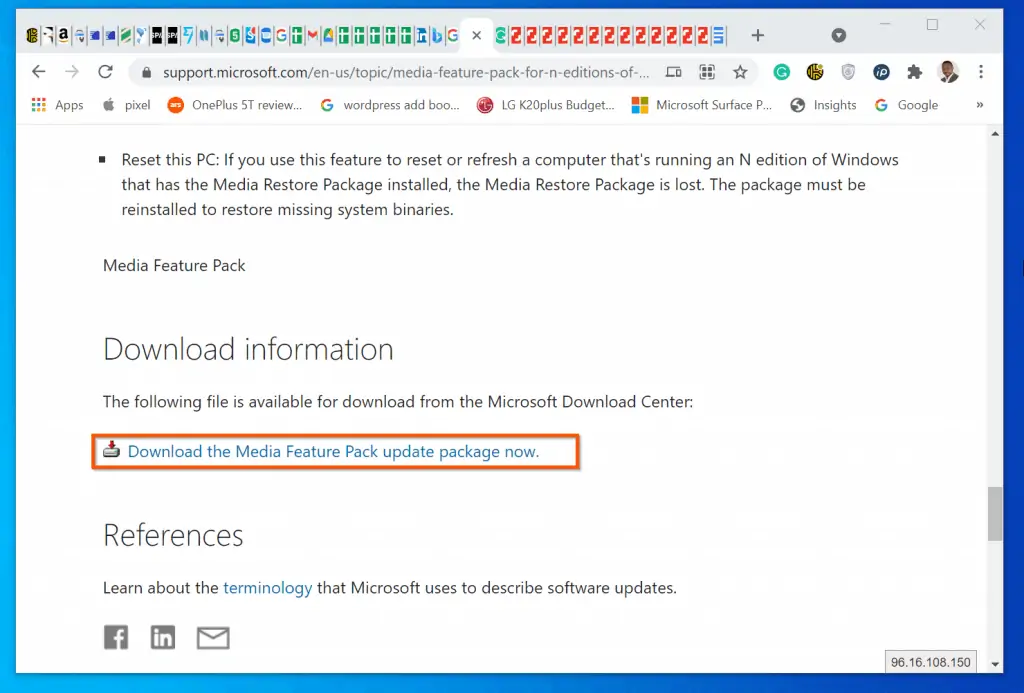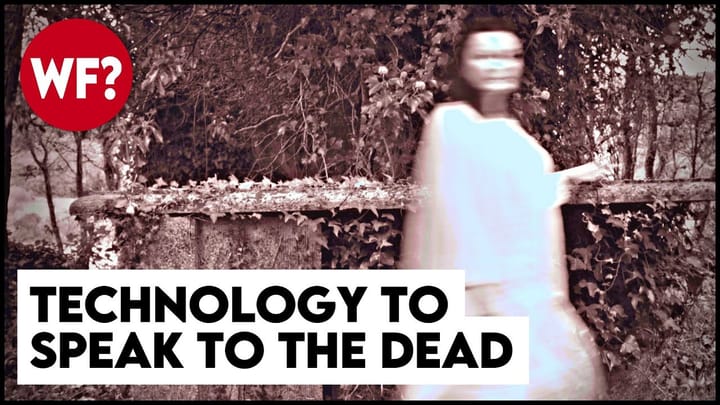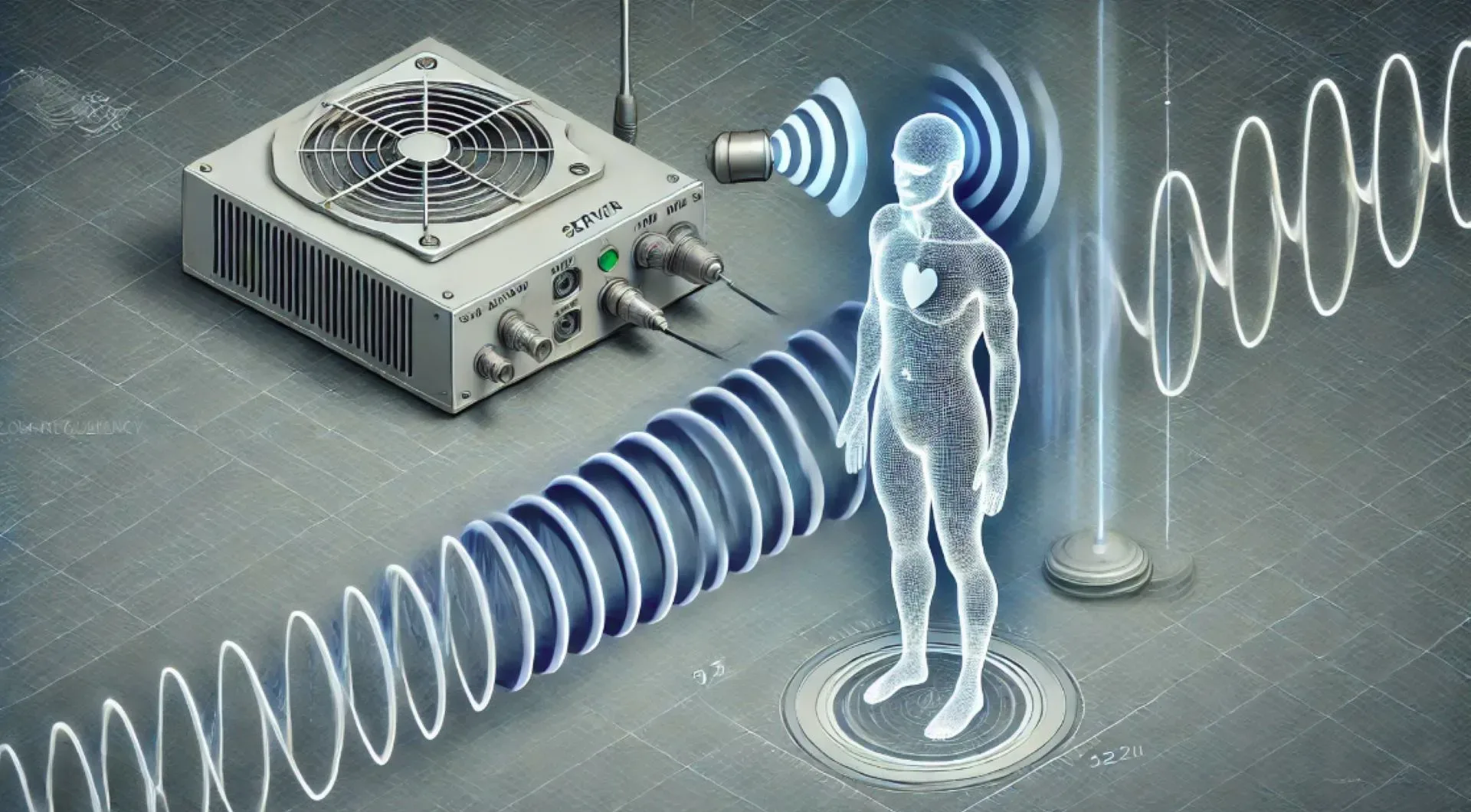Exploring the Impact of 3D Printing on Concept Art in Video Game Development

In the realm of video game development, concept art plays a pivotal role in visualizing and bringing to life the worlds, characters, and objects that populate immersive virtual experiences. Traditionally, concept artists relied on 2D sketching and painting to convey their ideas. However, in recent years, the advent of 3D printing technology has opened up new possibilities for concept exploration and refinement.
In this article, we will delve into the impact of 3D printing on concept art in video game development, examining its advantages, challenges, and potential future applications.
Advantages of 3D Printing in Concept Art
1. Tangible Prototyping:
One of the most significant advantages of 3D printing in concept art is its ability to create tangible prototypes of characters, objects, and environments. This physical manifestation allows concept artists to evaluate their designs from all angles, identify potential flaws, and make informed adjustments.
2. Enhanced Collaboration:
3D printed prototypes facilitate seamless collaboration between concept artists, designers, and developers. They provide a common reference point, fostering better coordination and ensuring everyone is working towards a shared vision.
3. Time and Cost Efficiency:
Compared to traditional sculpting or prototyping methods, 3D printing can significantly reduce the time and cost involved in creating physical models. This allows concept artists to iterate quickly and explore a wider range of design options.
Challenges of 3D Printing in Concept Art
1. Technical Limitations:
3D printing technology has its limitations, particularly in terms of detail and material properties. This can present challenges in creating highly intricate or realistic models that accurately reflect the artist's concept.
2. Learning Curve:
Adopting 3D printing in concept art requires artists to acquire new skills and knowledge. This includes mastering 3D modeling software, understanding printing parameters, and selecting appropriate materials.
Future Applications
As 3D printing technology continues to advance, we can expect to see even more innovative applications in concept art for video game development:
- Customized Character Creation: 3D printing will enable players to create their own personalized in-game characters, tailoring their appearance and abilities to their preferences.
- Immersive World Building: Large-scale 3D printing could transform game development by enabling the creation of highly detailed and immersive physical environments that players can explore and interact with.
- Enhanced Storytelling: 3D printed props and scenes can enhance storytelling by providing tangible elements that bring the game's narrative to life.
The integration of 3D printing in concept art for video game development has ushered in a new era of possibilities for creative exploration and collaboration. While there are challenges to overcome, the advantages of tangible prototyping, enhanced collaboration, and time efficiency make 3D printing an invaluable tool for concept artists. As the technology advances, we can expect to see even more innovative applications that will continue to shape the way video game worlds are conceived and realized.

















Comments ()